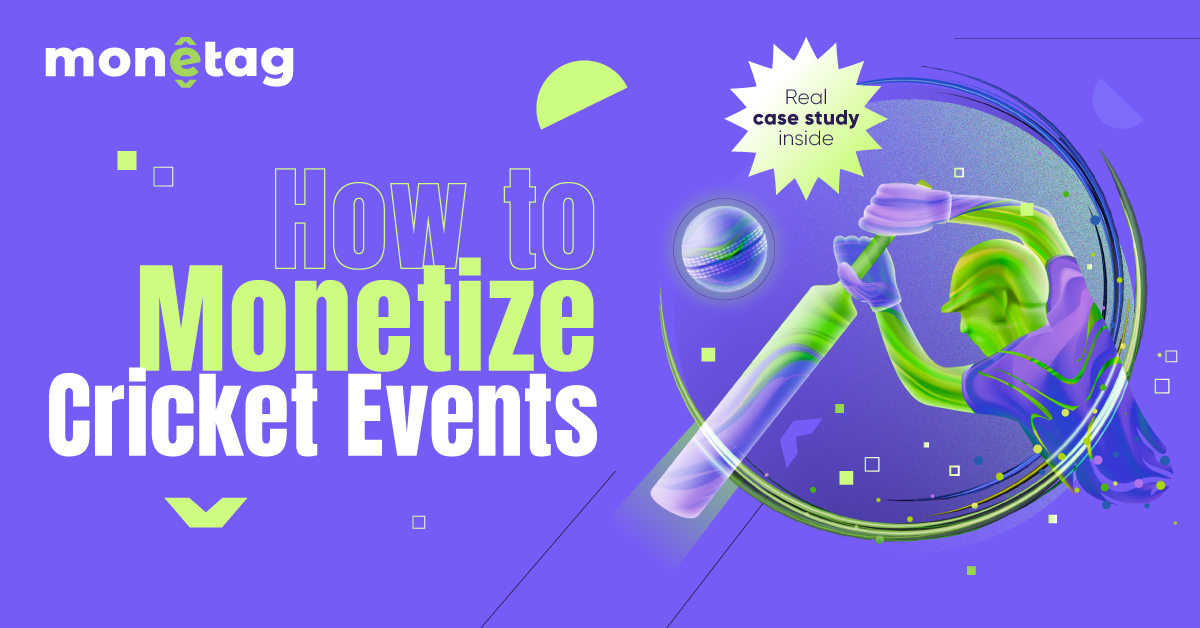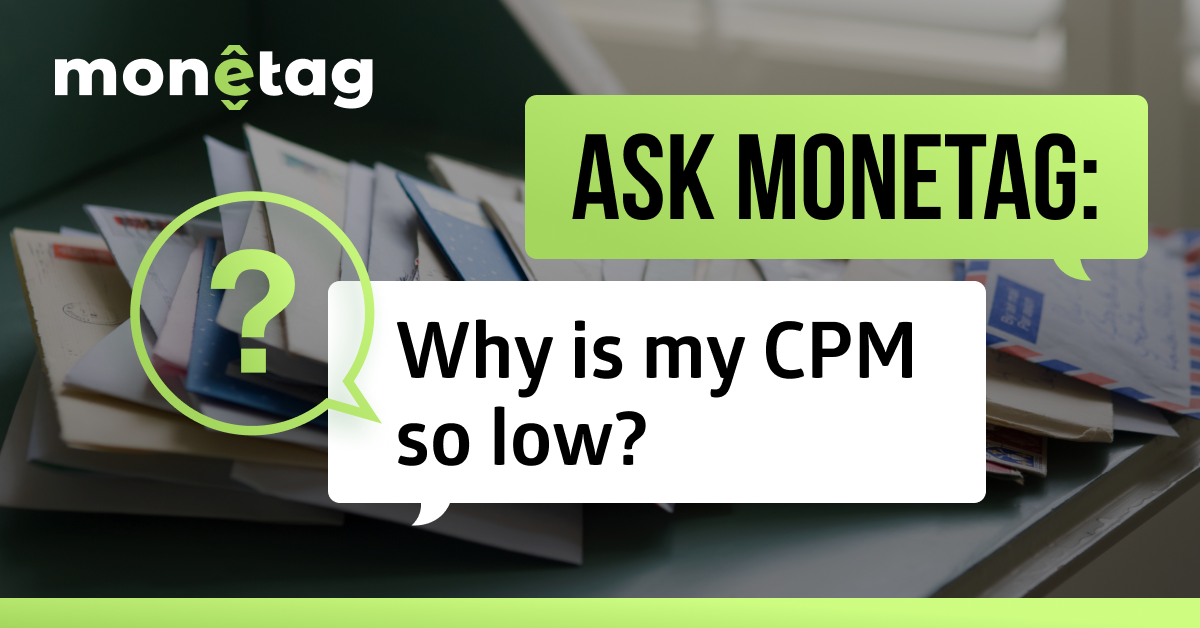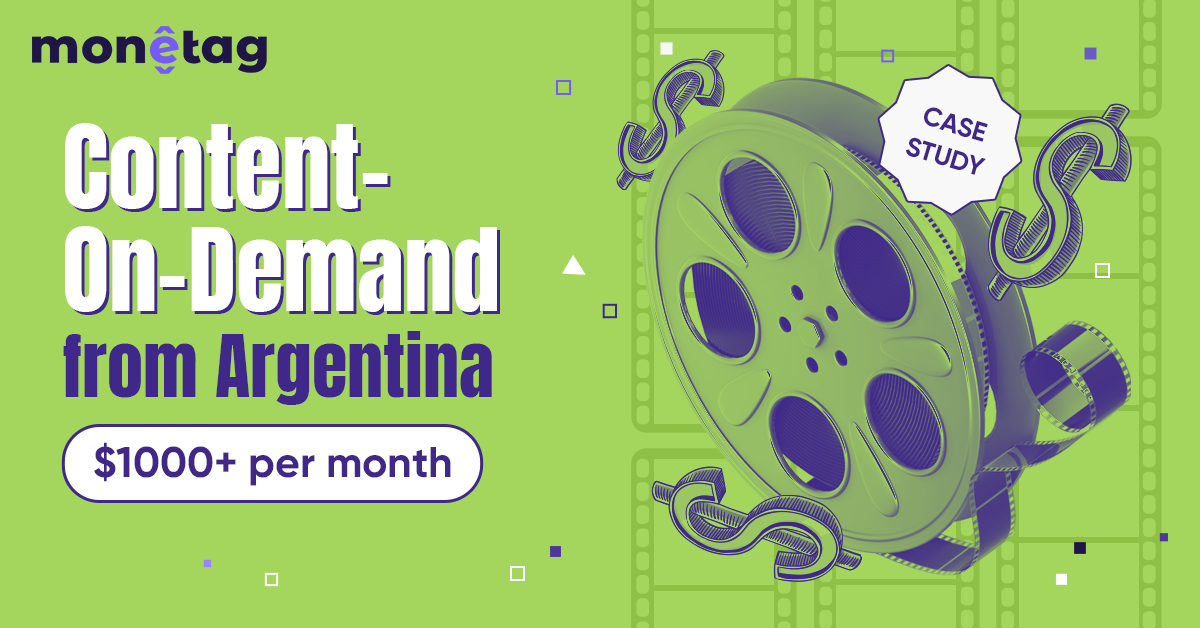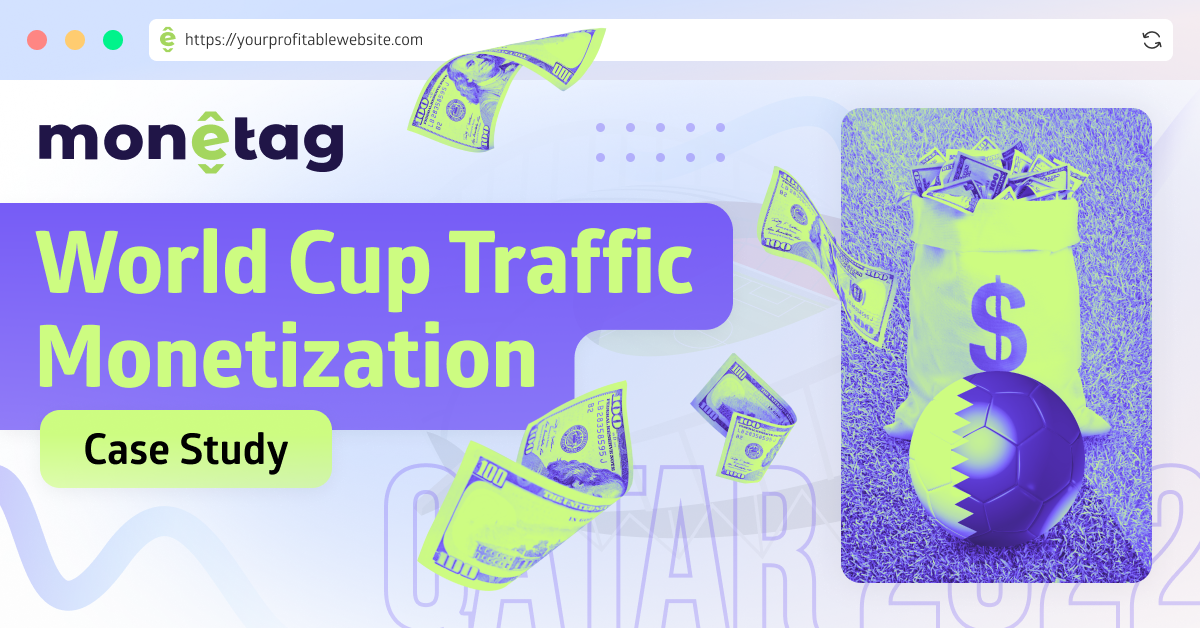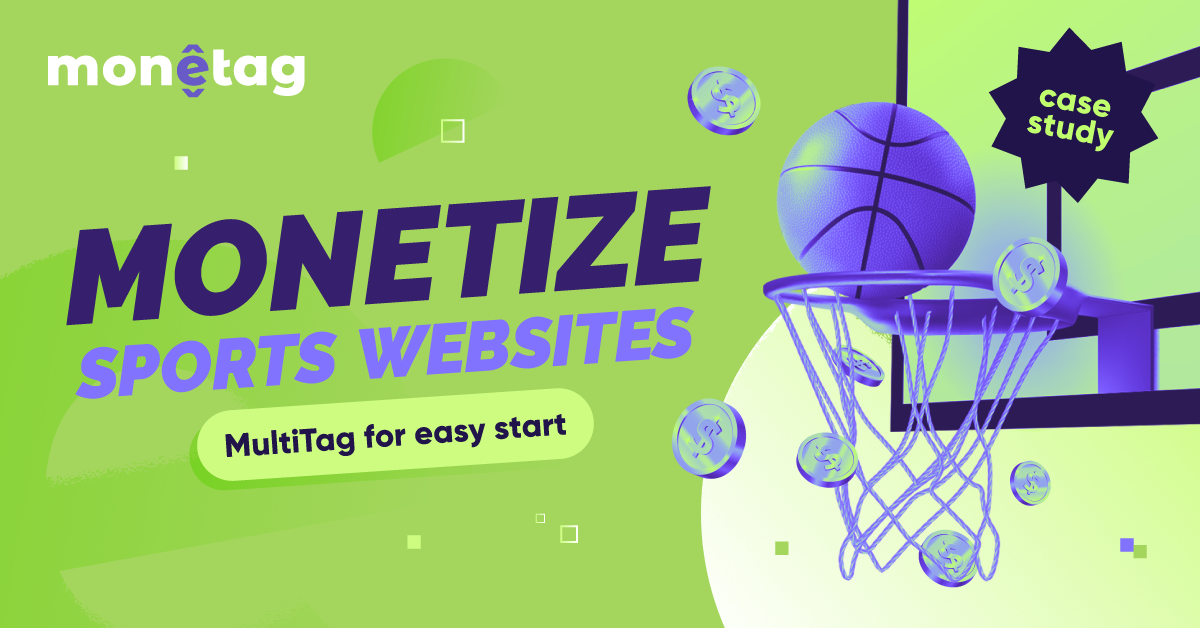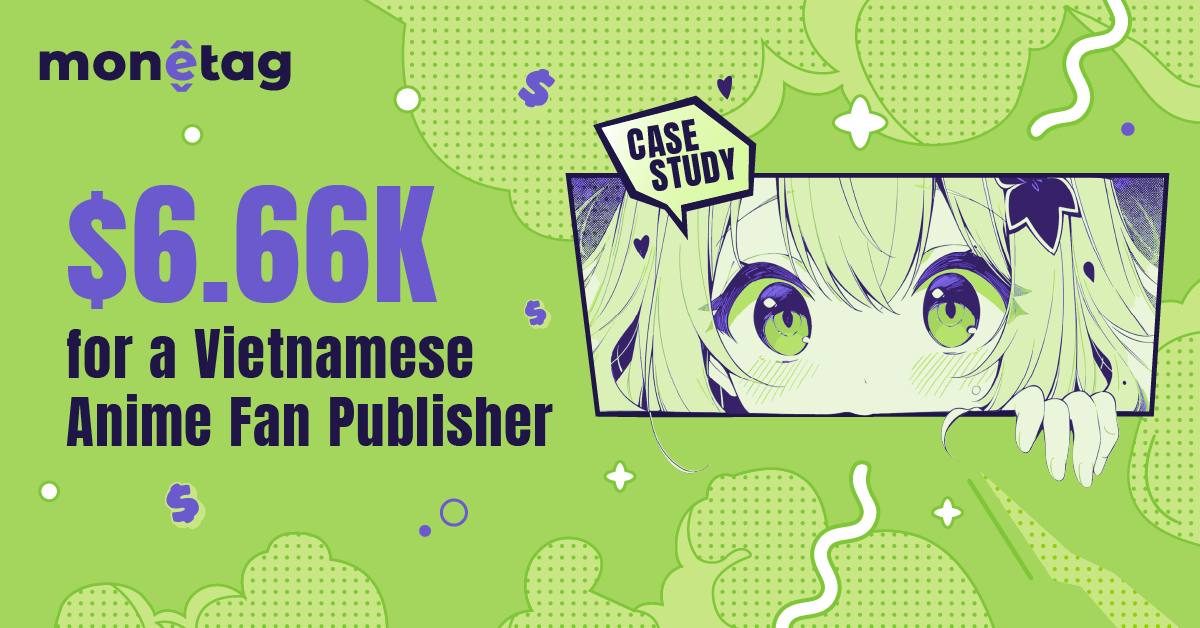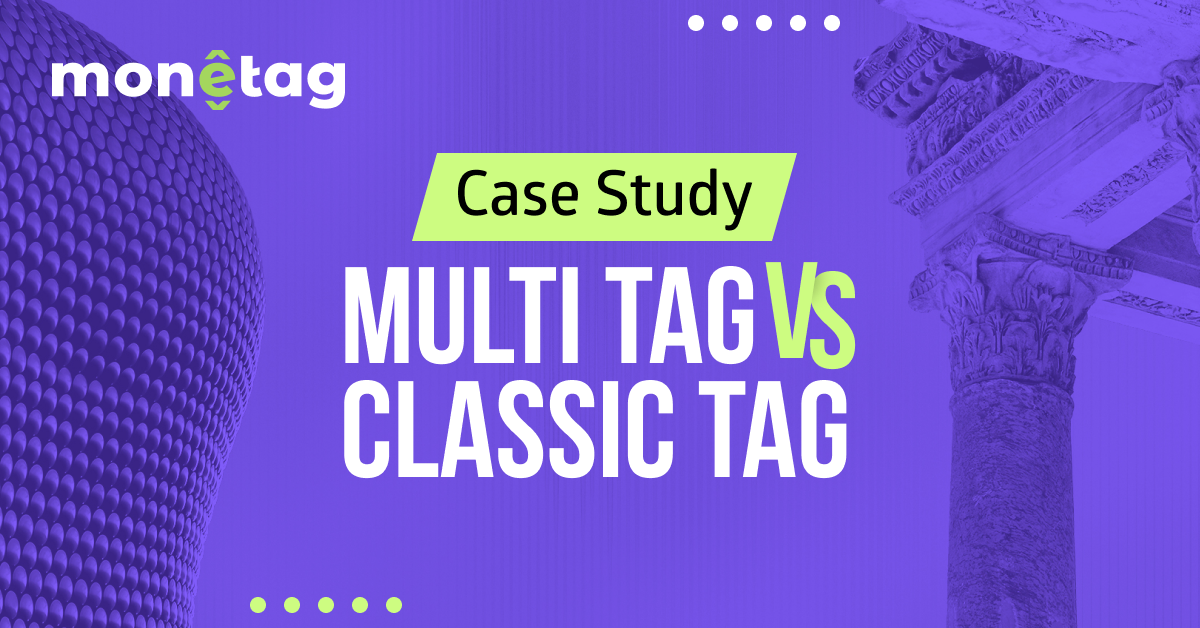MultiTag vs. Interstitial and In-Page Push [Publisher Case Study]
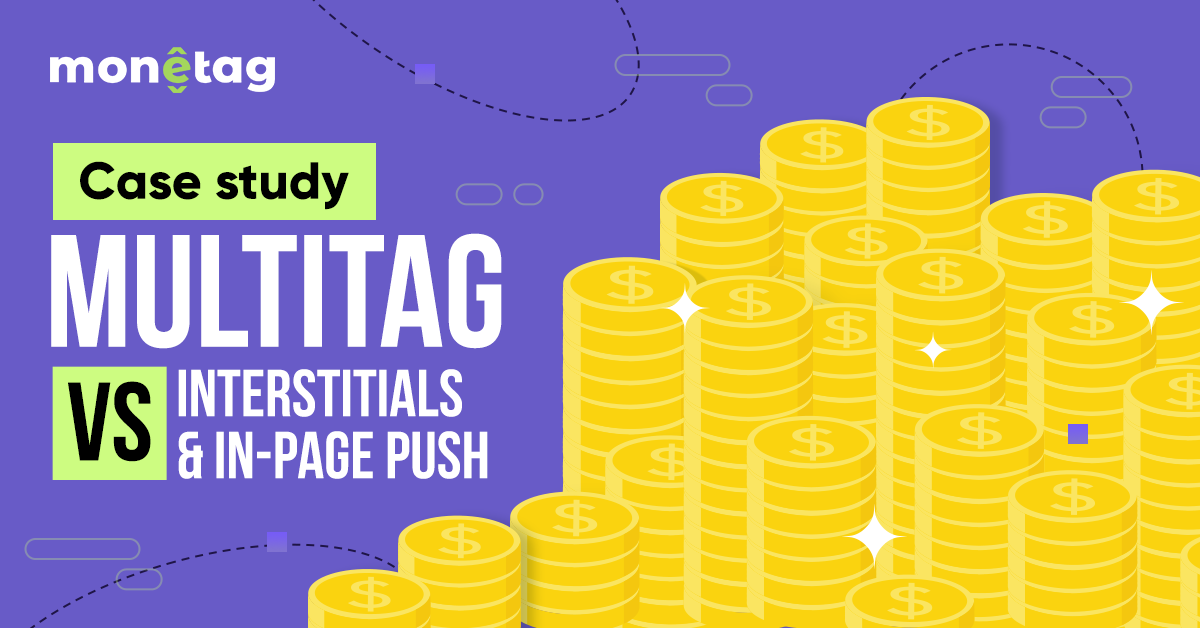
This post is also available in:
Pt
Es
One monetization method that can offer you a lot of benefits. Two formats that each have their perks. Which will you choose?
For example, should you combine MultiTag, Interstitials, and In-Page Push?
One client tested this strategy and shared his experience.
Based on what they found out, we created a list of the most appreciated MultiTag advantages.
Continue reading to find out how you could benefit from what we learned.
What is MultiTag?
Put simply, you can drop mountains of extra work by using MultiTag.
Why?
Because it’s a monetization method that combines 5 ad formats in one single tag: the MutliTag.
That’s right, you’ll get OnClick Popunders, Push Notifications, In-Page Push (IPP), Interstitials, and Vignette Banners (coming soon!) with one tag. And don’t worry, we’re always working on adding more ad formats to this happy family!
MultiTag also automatically optimizes your campaigns to get the highest CPM rates, all while you relax with the knowledge that your audience is getting an amazing user experience.
But what if you need to monetize social traffic or iOS users? Or if your traffic is more likely to react to ads after a certain time on the platform?
Then use Interstitials, and In-Page-Push (IPP) campaigns instead, right?
Wrong.
But revealing the answers to those questions right away would ruin all the fun!
Let’s look at a real-life example of performance between MultiTag, Interstitials, and IPP with a case study from a publisher who ran these three methods simultaneously.
Publisher Case Study: Interstitials and IPP vs. MultiTag
This publisher ran three tests between September 9th and October 9th. The setup they were using for all three campaigns was:
| GEOs: Worldwide (main: FR, CA, BE) Platform: 50% Mobile + 50% Desktop OS: Android, iOS, Windows |
Interstitial Campaign
Below you can see the results from their Interstitial campaign:
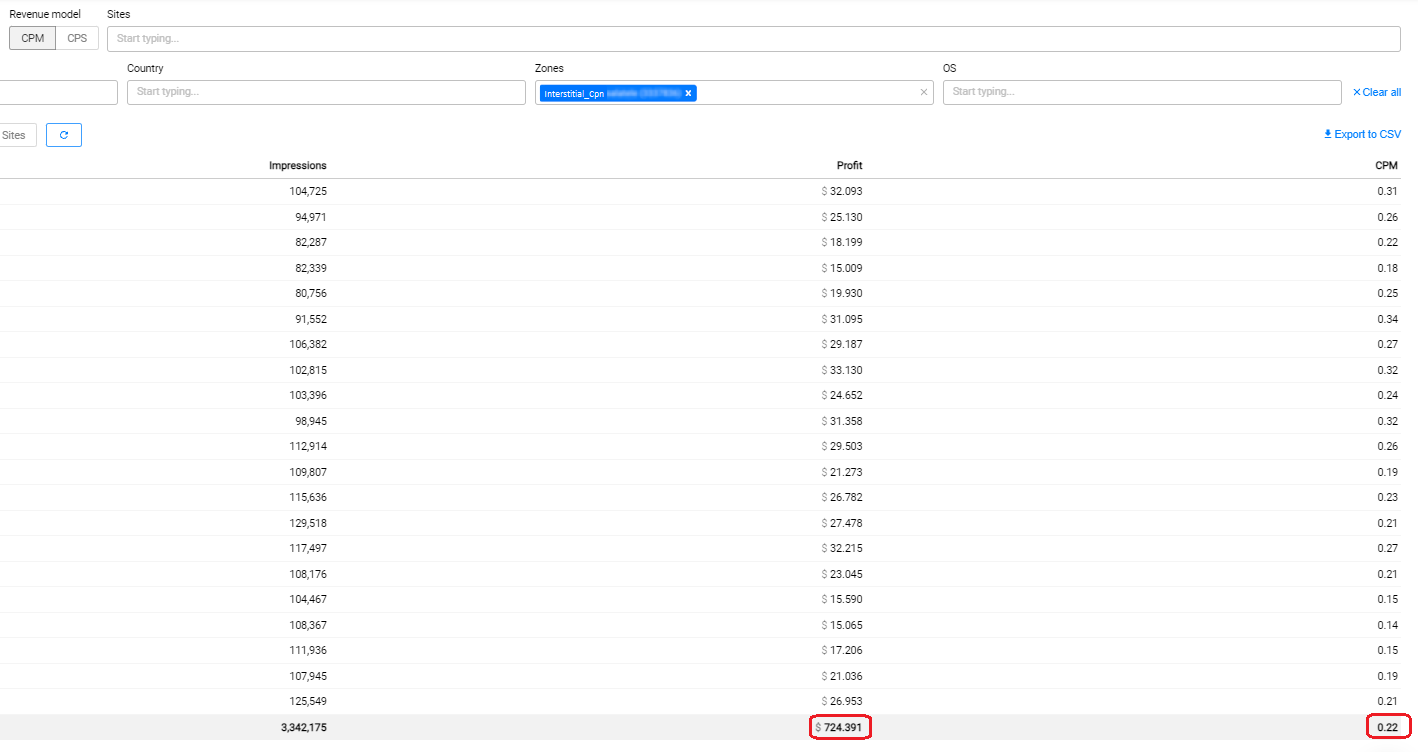
As you can see, the numbers aren’t bad. Making $724.40 profit, with an average of $24 daily.
Their average CPM was pretty good, too, at $0.22, moving between $0.14 – $0.34.
Yet, as you’d expect, they had to constantly optimize their Interstitial settings to maintain good performance.
In-Page Push Campaign
The In-Page Push results achieved similar profit to Interstitials and a solid CPM:
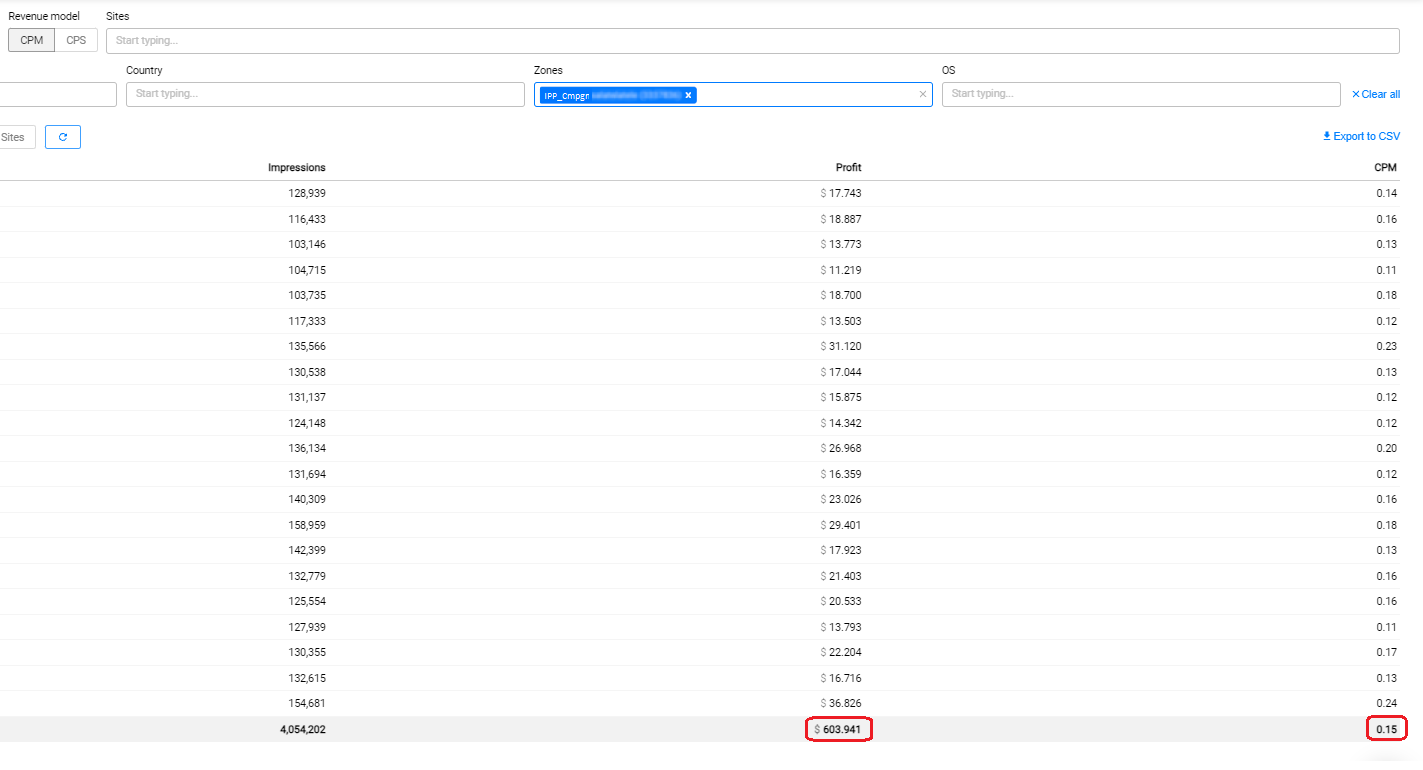
They made $603.94 in profit, with a $20 daily average. The average CPM for IPP was $0.15, fluctuating between $0.11 and $0.24.
Like Interstitials, IPP was also high maintenance, with daily data processing and optimization to maintain good performance.
MultiTag Campaign: 72.5% Average CPM Improvement
You read that right. This publisher’s MultiTag results did not disappoint at all:
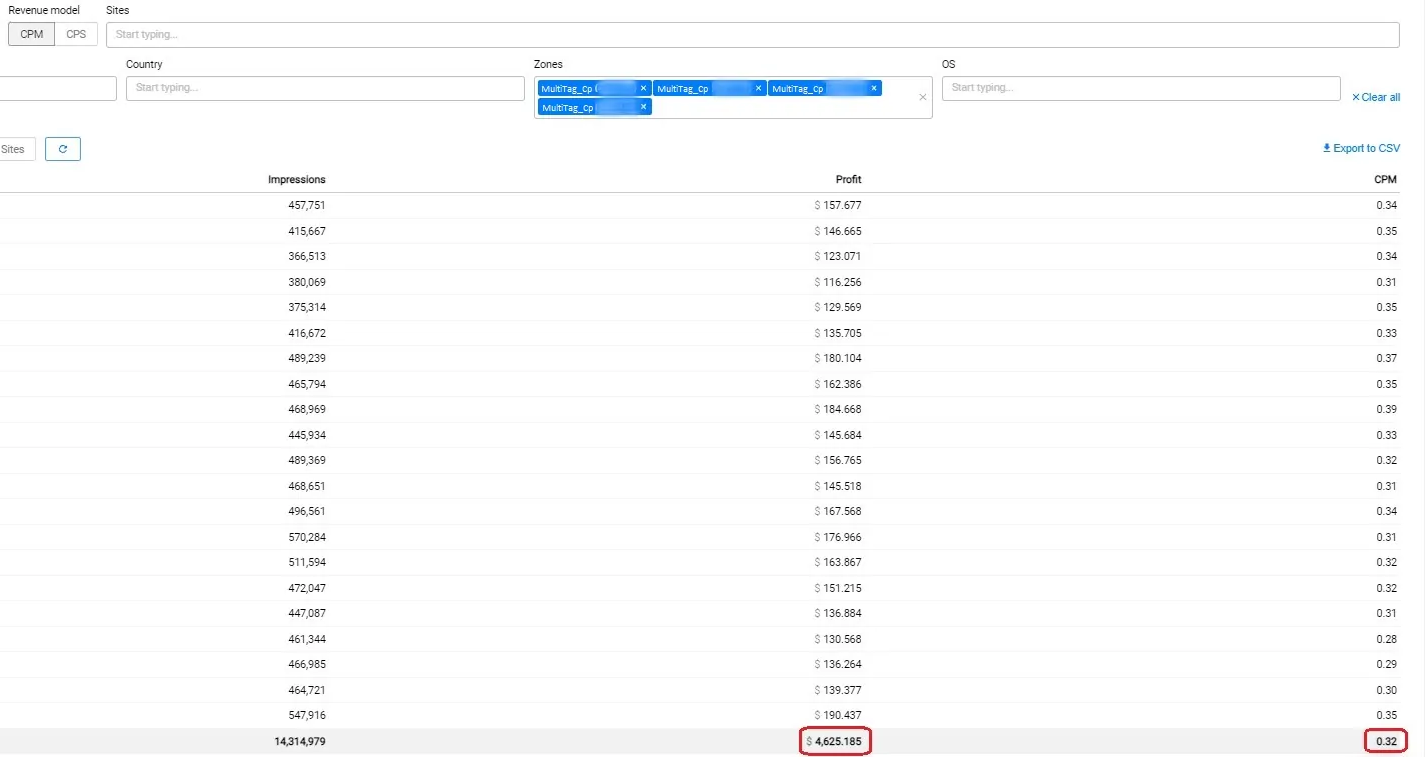
MultiTag helped this publisher make a total of $4,625.18 over the same period of time. That’s $100 more per day.
In total, they made $155 per day just by using MultiTag.
With MultiTag, they also achieved a $0.32 average CPM, which was more than double the CPM of IPP, and 45% higher than Interstitial.
The best part?
This publisher didn’t optimize the MultiTag at all.
The tag had full ad coverage across all devices, OS, and GEOs, while automatically optimizing rates to reach maximum profit.
What do these Results Mean for Publishers?
The data is clear: MultiTag results in higher CPM and earnings that exceed the amount generated by the two other formats together.
This publisher increased their revenue and CPM value. Not only that, but based on their feedback, their CTRs also improved.
Sure, you may say that CTR is influenced by the advertiser’s creative/offer, and if they’re compelling enough, the user will click.
But, MultiTag’s auto-optimization is more than effective and helps to maintain good results without iterating on creatives or offers.
What are the Advantages of MultiTag for Publishers?
There are a lot of advantages of MultiTag for publishers, but here are the top 4:
1. Effective Monetization
eCPM rates are very competitive in comparison to standard ad zones. When it comes to MultiTag, the ad format rotation happens in real-time to display the most effective ad format.
But that’s not all.
MultiTag brings more money to publishers by granting access to bigger budgets by:
- Helping you get on the radar of more advertisers. More formats mean increased visibility, higher conversion rates, and help achieving financial/marketing goals.
- Spending less time finding the best combination of formats and optimizing them.
All MultiTag formats are optimized to work together and embrace the potential of each other and your traffic.
The time-consuming jobs of running tests, iterating on ad formats, and verifying settings are done for you by MultiTag. All you have to do is place the MultiTag in your site code and it’ll start working for you.
Better yet, MultiTag’s formats have perfectly balanced settings – frequency capping, delay, and the interval between them. So the days of fiddling around with settings are well and truly over!
- You’ll be able to better invest your time. Since you won’t have to spend a lot of time running tests or maximizing income, you can invest your time in other profitable ventures.
- You’ll still have control over every single format. Just contact our support, and we’ll give you a hand. If you need something different from the default, we’ll do our best to help you.
2. One Script for Each Ad Format
The days of having to add separate tags for every single ad format are over. MultiTag covers all five formats in one tag. Simple!
3. 72.5% Higher CPM Rates
Our publisher’s case shows how effective MultiTag is in helping you grow your CPM – and this isn’t the only case of MultiTag helping our clients improve their overall performance. There are many more.
4. Easy-to-Integrate Auto Optimization Solution
The beauty of MultiTag is that you can easily use it to set your ads’ optimization on autopilot.
From the moment you add the tag to your website, MultiTag’s advanced targeting, offer selection, and overall optimization settings maintain the campaign at the highest performance level.
The Bottom Line is…
Although MultiTag is a great choice for publishers who are starting out, it’s important to consider that the publisher, in this case, is very experienced.
They used different formats on their website, including display ads. But, once they used MultiTag and saw its results, they were hooked.
The bottom line is that while you can’t take his experience as gospel that your own performance will improve in the exact same way, you can use it as inspiration to make MultiTag work for you.
We’ve seen time and time again that publishers have extremely positive results using MultiTag, and we’re confident that if you give it a try, you’ll see the same success too.
